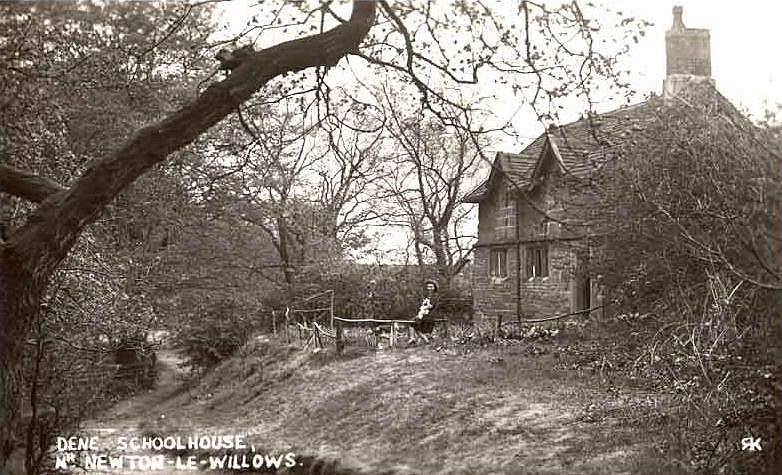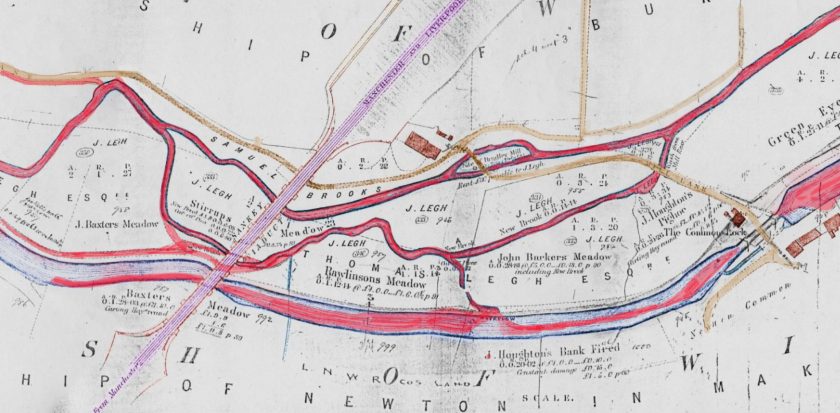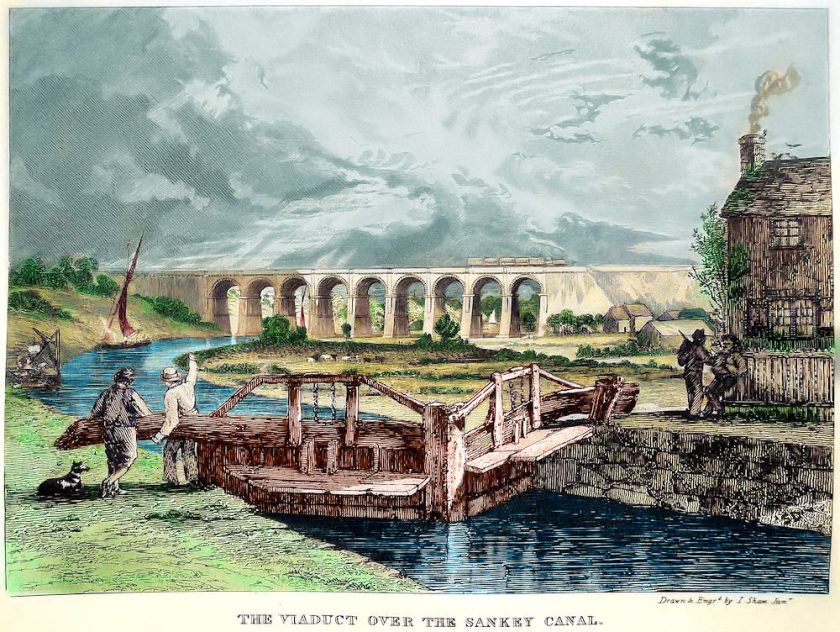Timeline of Newton in Makerfield and Newton-le-Willows
This timeline offers a comprehensive overview of the significant historical events that have shaped the regions of Newton in Makerfield and Newton-le-Willows. Spanning from the 12th century to the modern day, the timeline highlights key developments, including landmark charters, pivotal societal changes, and major infrastructural projects that have influenced the growth and evolution of these areas. By documenting these events, the timeline not only chronicles the rich history of Newton in Makerfield and Newton-le-Willows but also reflects the broader historical trends in governance, industry, and community life in the region. Through these entries, readers can trace the transformation of a historically significant locale from its early feudal beginnings to its current status within the Metropolitan Borough of St Helens, capturing the enduring legacy of its past and its continuous impact on the present.
| Year | Details |
|---|---|
| 1106 | Richard Banastre witnesses a charter confirming a grant to the monks of Abingdon. |
| 1115 | Richard Banastre attests a charter regarding Wenlock Priory’s claim to St. Milburg’s land in Shropshire. |
| 1120-1128 | Richard Banastre prominently witnesses Ranulf Meschin’s charter of confirmation to St. Werburgh. |
| 1141-1154 | Thurstan Banastre emerges as a significant figure, witnessing important charters. |
| 1149-1154 | Thurstan Banastre is noted as a chief baron in a charter acknowledged by Ranulf Gernons, the fourth Earl of Chester. |
| 1165 | Robert Banastre receives grants from Henry de Lacy to hold several vills by the service of one knight’s fee. |
| 1170-1175 | Alard Banastre serves as sheriff of Oxfordshire. |
| 1180 | Margery’s husband is fined for marrying his daughter without the king’s licence. |
| 1190 (circa) | Grants are made to the canons of Cockersand Abbey involving land in Abram, showing the Banastres’ settlement in Makerfield. |
| 1201 | Margery’s husband dies; the rent for Newton in Makerfield increases to £11 11s. 4d. |
| 1204 | The tenure of Newton in Makerfield is confirmed to be partly in knight’s service and socage. Warin Banastre proffers 400 marks for the land of Makerfield. |
| 1212 | The great inquest of service mentions Robert de Adburgham holding land in Adburgham, now Abram. |
| 1219 | Thurstan, having reached majority, gains the right to Makerfield after proffering for an inquiry and seisin. |
| 1222 | Maud survives until this year as a widow holding lands worth ten marks per annum in Kirmington. |
| 1229 | Letters close direct the sheriff to assess ‘Banastre’s Welshmen’ for a tallage of 20 marks. |
| 1241-1242 | Robert Banastre dies soon after attaining manhood; his son Robert becomes a minor under wardship. |
| 1256-1257 | Robert, the younger, manumits natives of Poulton and gains a charter of free warren for his demesne lands. |
| 1268 | Robert appeals against Richard de Holand for the destruction of his fishpond at Newton. |
| 1278 | Robert petitions for an inquest to declare his right to the manor of Prestatyn, detailing his family’s history and challenges. |
| 1279 | King’s inquest confirms Robert’s ancestral claim to Prestatyn, despite previous upheavals. |
| 1280 | Robert serves as a justice for the gaol delivery at Lancaster. |
| 1284 | Robert secures a chantry at his manor of Rokeden in Newton. |
| 1291 | Death of Robert Banastre, whose son James predeceased him, leaving his daughter Clemence to inherit Mollington Banastre. |
| 1292 | Alesia, daughter of James Banastre, under the guardianship of John de Byron, faces a plea at Lancaster concerning her market and fair rights. |
| 1301 | John de Langton gains a market and fair charter for Newton in Makerfield. |
| 1315 | Henry de Lea, married to Clemence, granddaughter of Robert Banastre, is beheaded following political upheaval. |
| 1328 | John de Langton, kt., remains active, evidenced by his ongoing service and protections under Edward II. |
| 1333 | John de Langton, kt., dies, marking the end of his contributions. |
| 1335-1344 | Robert de Langton, son of John, leads military efforts, including raising archers for service in Scotland. |
| 1361 | Death of Robert de Langton, with his son John predeceasing him, leaving his grandson Ralph as the heir. |
| 1386 | Ralph de Langton, kt., witnesses the Scrope and Grosvenor case. |
| 1391 | Ralph de Langton settles lands upon his son Henry in marriage with Agnes, daughter of John de Davenport. |
| 1406 | Ralph de Langton dies, leaving his son Henry, aged 40, as his successor. |
| 1407 | Henry Langton pays £8 for relief of his lands. |
| 1419 | Henry Langton dies, leaving his son Ralph, aged 23, as his heir. |
| 1431 | Ralph Langton, chr., dies, leaving his son Henry, then aged 12, as his successor. |
| 1471 | Henry Langton, esq., dies. |
| 1482 | Richard Langton, son of Henry, is made a knight banneret at Hutton Field. |
| 1500 | Richard Langton dies, leaving his son Ralph as his successor. |
| 1589 | Thomas Langton, styled baron of Newton, is involved in a fatal affray at Lea Hall. |
| 1604 | Sir Thomas Langton dies without issue, and his inheritance passes to his cousin Richard Fleetwood. |
| 1660 | Thomas Fleetwood, bart., sells the reputed barony of Newton along with other lands to Richard Legh of Lyme, esq. |
| 1757 | Construction of Sankey Canal starts. |
| 1762 | Completion of the Sankey Canal, pioneering modern British canals. |
| 1830 | Opening of the Liverpool and Manchester Railway, featuring the Sankey Viaduct. |
| 1832 | Newton-le-Willows goes from having two to just one MP following the Reform Act. |
| 1892 | Creation of the Earlestown Market and Thomas Wodehouse Legh becomes the second Baron Newton. |
| 1930s | Closure in parts of the Sankey Canal. |
| 1974 | Newton-le-Willows is incorporated into the Metropolitan Borough of St Helens. |



